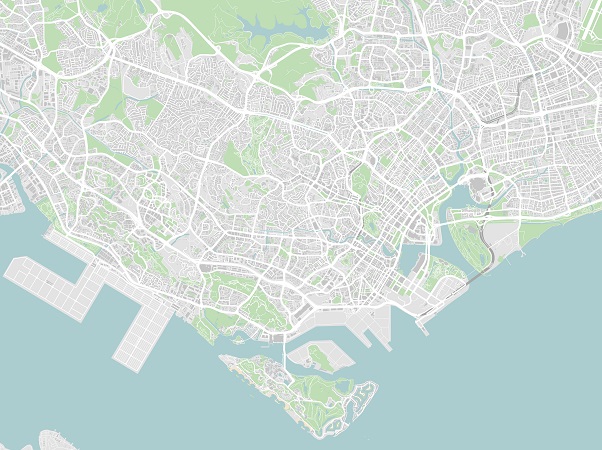
©stock.adobe.com/au/Metromaps
Nanyang Technological University, Singapore (NTU Singapore) and the Singapore Land Authority (SLA) are collaborating to use GNSS data for scientific studies.
Leading NTU Singapore’s efforts in this collaboration is its Earth Observatory of Singapore (EOS), which will see its researchers access GNSS data collected by SLA’s Singapore Satellite Positioning Reference Network (SiReNT), along with more than a decade of archived GNSS data.
Together with the development of new coastal GNSS reference stations in Singapore led by EOS, this will enable research into more accurate ways to measure land-height and sea-level changes around Singapore, as well as the effect of the atmosphere on the weather and climate on the island nation.
SLA’s SiReNT can produce precise positioning data up to an accuracy of 3 cm.
An agreement has been signed between EOS and SLA to establish the four-year collaboration, which is expected to contribute to the Singapore National Sea Level Programme (NSLP) by the Centre for Climate Research Singapore, supported by the National Research Foundation and the National Environment Agency.
“Having access to Singapore’s historical Global Navigation Satellite System data is crucial for understanding how the land and coast have changed over the years,” said Associate Professor Emma Hill, Acting Chair, Asian School of the Environment (ASE) and Principal Investigator at EOS.
“Beyond positioning and mapping, leveraging precise positioning technology such as SLA’s SiReNT can open up significant possibilities to tackle the increasingly complex issues relating to climate and environmental changes,” added Dr Victor Khoo, Director of Survey & Geomatics at SLA.
“With the combined expertise of SLA and EOS, we look forward to harnessing the rich historical data to co-create solutions for a new era in predicting and preparing for coastal and land changes to manage and mitigate climate change impact on Singapore.”
EOS will process historical GNSS data provided by SLA to assess how land-height has changed at specific locations. This will help improve the accuracy of elevation results obtained from Interferometric Synthetic Aperture Radar (InSAR), the technique NTU currently uses to map ground deformation over Singapore and other cities in the region.
To develop innovative techniques to monitor both land-height and sea-level changes, EOS and SLA will install up to four new coastal GNSS stations across Singapore for data collection. They will also be integrated into the SiReNT infrastructure and services to maximise the use of resources. Data from existing SiReNT stations will be included to support this objective.
Stay up to date by getting stories like this delivered to your inbox.
Sign up to receive our free weekly Spatial Source newsletter.







